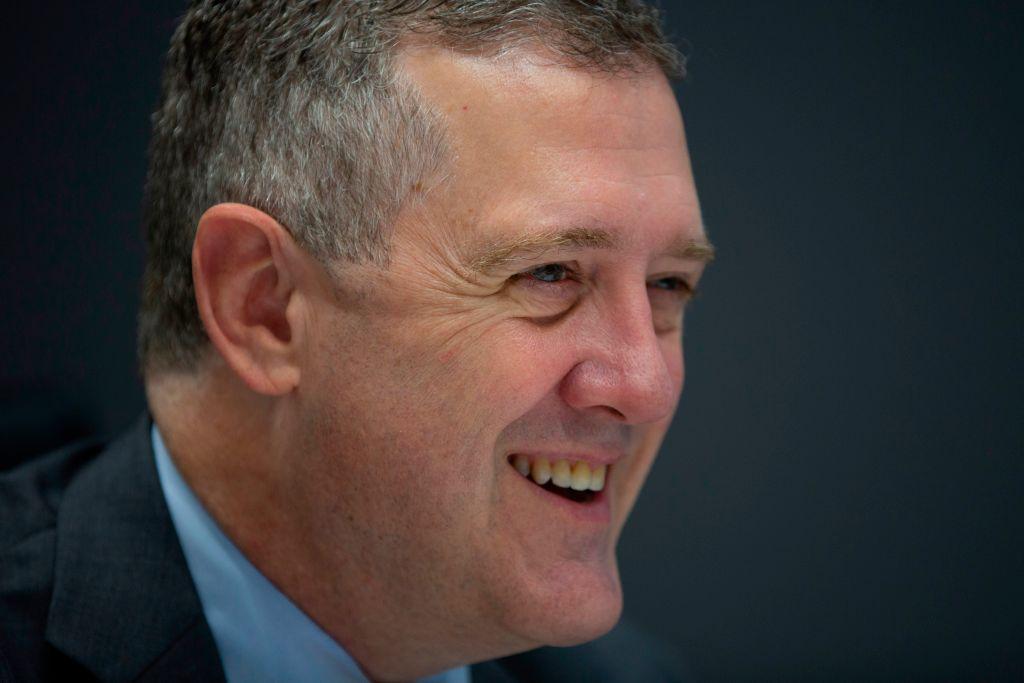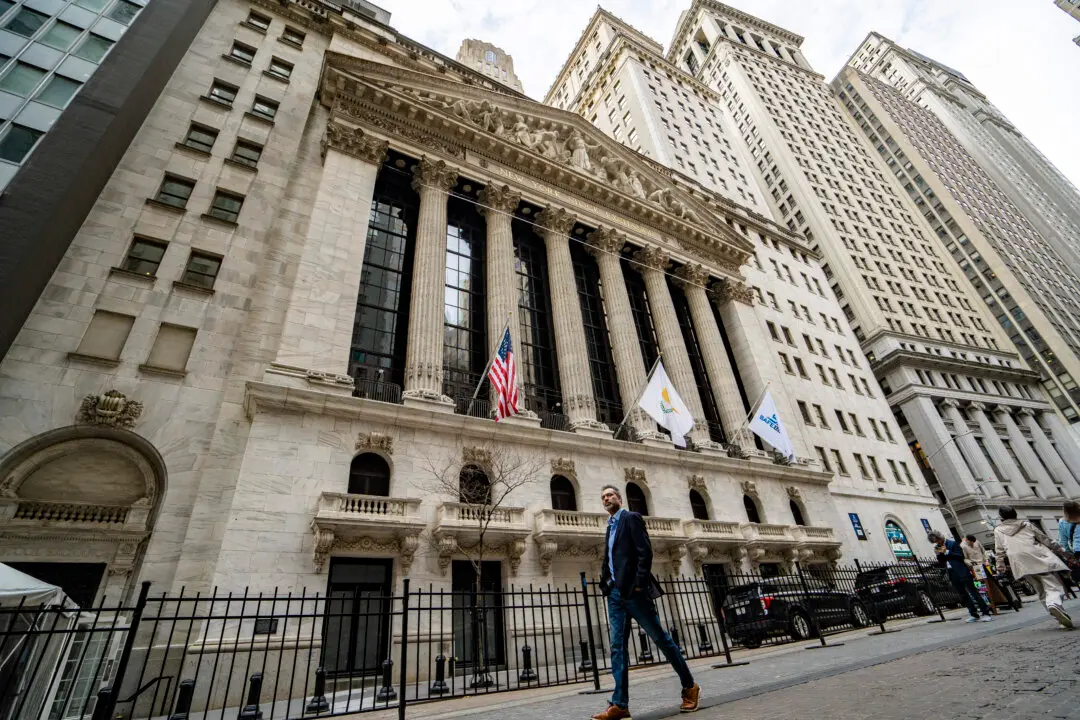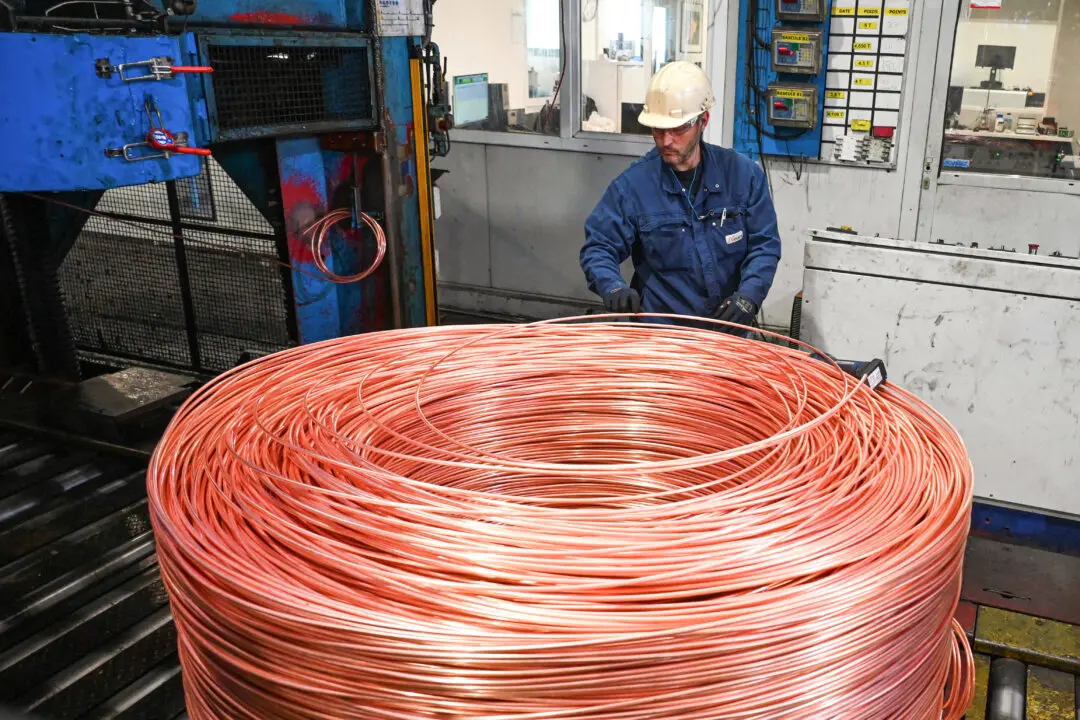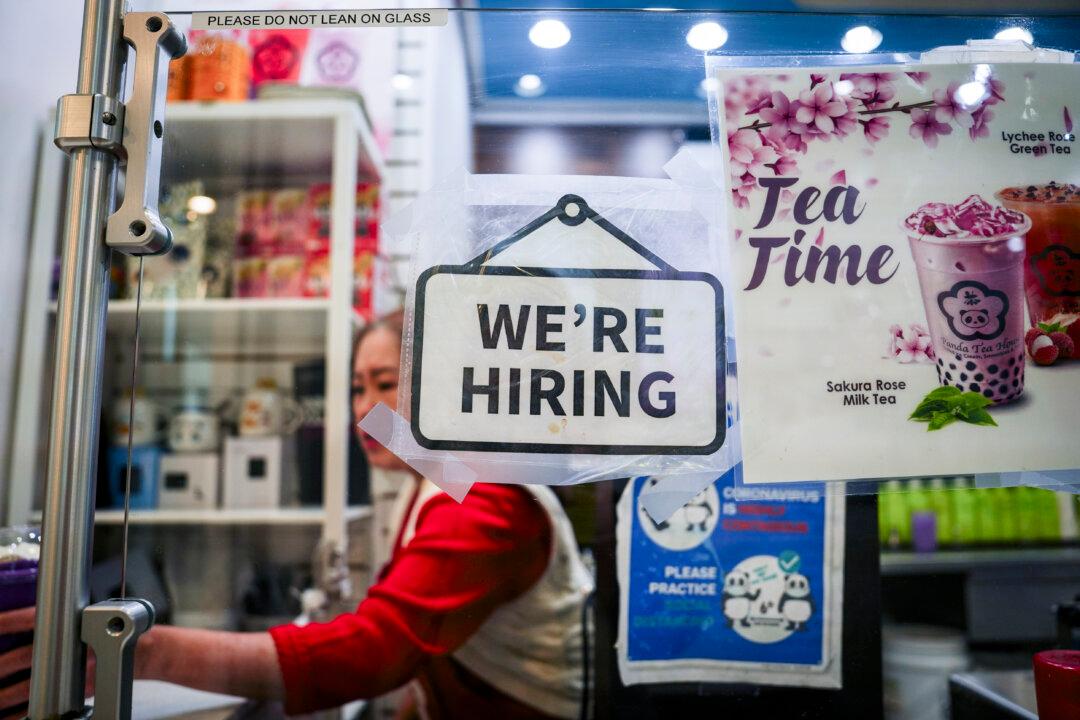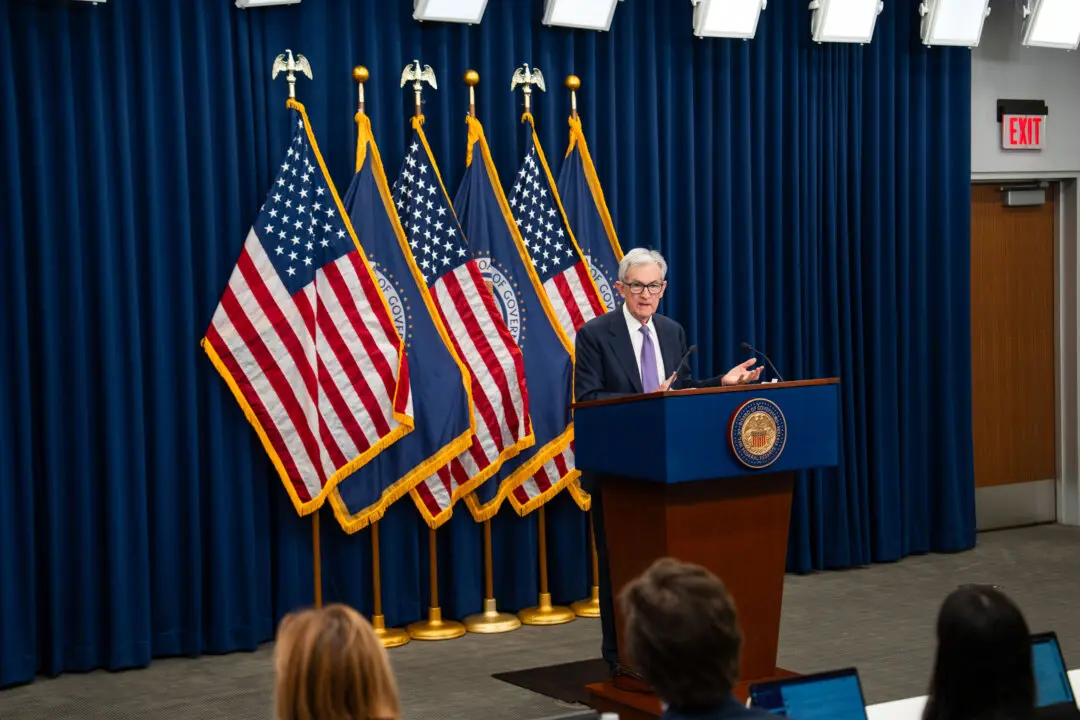While the Federal Reserve voted to raise interest rates by 25 basis points this month, two central bank officials have revealed that they advocated for larger rate increases to combat elevated inflation.
St. Louis Fed Bank President James Bullard told reporters at the Greater Jackson Chamber in Jackson, Tennessee, during an event that he advanced the case for a 50-basis-point boost to the benchmark fed funds rates at the February Federal Open Market Committee (FOMC) policy meeting.
